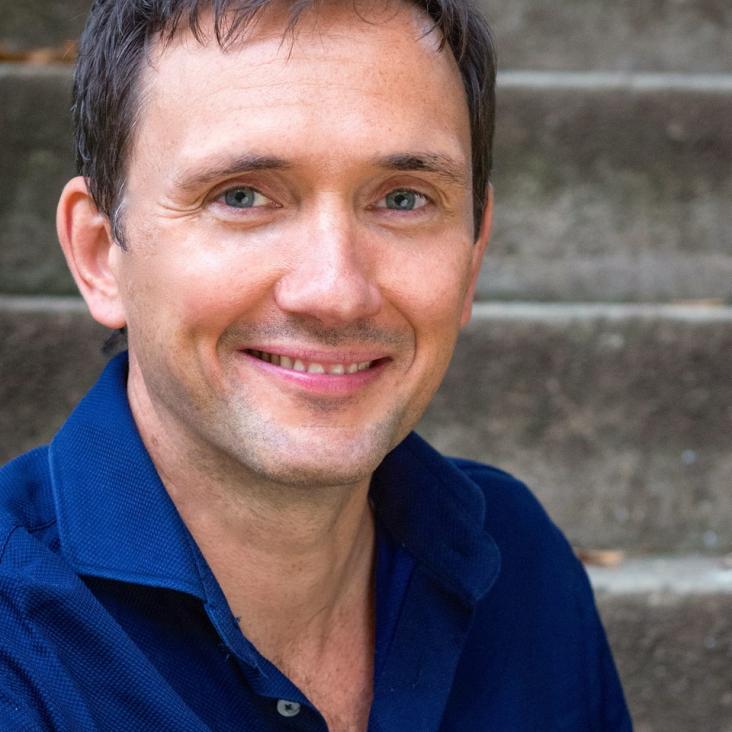No free lunch for effective potentials: general comment for Faraday FD144
(2010)
Is water an amniotic eden or a corrosive hell?: Emerging perspectives on the strangest fluid in the universe
Chapter in Water and Life: The Unique Properties of H2O, (2010) 3-9
Abstract:
The fact that ice oats because of the hydrogen bonding imposing a perfect tetrahedrally coordinated network, linking them into six-membered rings with much empty space between the molecules (Franzese and Stanley, p. 105), is perhaps the best known of what are widely seen as a long list of curiosities. Water’s maximum density at 4°C and its unusually high thermal capacity are also familiar anomalies. Many others, however, are less celebrated but are surely as noteworthy. Both the melting and boiling points of water are unexpectedly high when it is placed in the sequence of group VI hydrides. So Lyndell-Bell and Debenedetti remind us by this extrapolation, although not by this imagery, that ice placed in a gin and tonic would melt at -100°C and a cup of tea should be prepared at -80°C. Not only that, but the effect of supercooling is also remarkable, so that at ambient pressure it can reach -41°C, whereas at 2 kbar it may be as low as -92°C (Franzese and Stanley, p. 102). These authors also remind us that if the supercooling is very rapid the water fails to crystallize and becomes a glass. This is of more than passing interest because in its high density form it is “the most abundant ice in the universe, where it is found as a frost on interstellar grains” (Franzese and Stanley, p. 103). This is not the only regime in which water becomes amorphous. In the hydration layer associated with a peptide, the water again has glasslike properties “with a very rough potential-energy landscape and slow hopping between local potential minima” (Ball, p. 56).Complex dynamics of knotted filaments in shear flow
EPL 92:3 (2010) ARTN 34003
Effect of topology on dynamics of knots in polymers under tension
EPL 89:2 (2010) ARTN 20001
Effects of Interparticle Attractions on Colloidal Sedimentation
PHYSICAL REVIEW LETTERS 104:6 (2010) ARTN 068301


